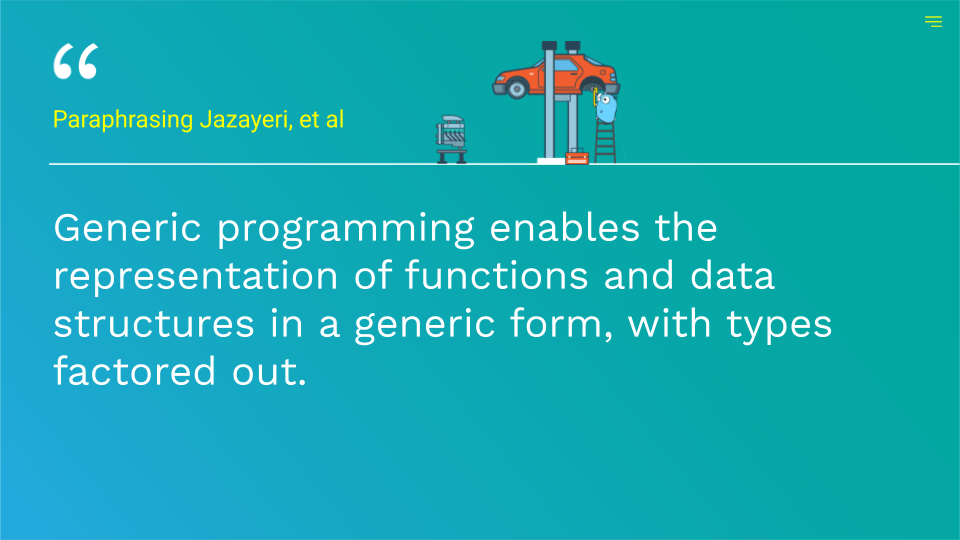
The generic system used by golang is more strict than typwscript. The first is the fragmentation of the type system. Therefore, we can only briefly talk about two aspects of the draft. Although there is a preview version, there are still many variables in the future. This technique minimizes the relative error in both the strain fields and the load–displacement curve, which is important to obtain accurate interfacial properties. In fact, at present, the generics of golang is still in the proposal stage. A significant outcome of this paper is that the use of a weighted residual formulation of the interfacial strain fields and the load–displacement data within the optimization procedure provides better estimates of the constitutive properties than using only the load–displacement data. Head over to Settings/Preferences Tools External Tools and add a new tool with the name: go2go. So, we’ll have to configure an External Tool to make this work.
Goland generics code#
Second, the cohesive material parameters of an adhesive are determined using a double cantilever beam test. At the moment, GoLand does not support running generics code based on the. GoLand 2022. First, the elastic–plastic material properties of DP-590 steel are obtained using a tensile test specimen. History of generics in Go Generics have been some of the most desi.

Before we start, lets take a quick look at the proposals history. In todays article, we will experiment with generics in Go, and their latest form, Type Parameters. Generic type names will also be replaced in comments and function names (see Real example below) Since generic.Type is a real Go type, your code will compile, and you can even write unit tests against your generic code.

min (a, b T) T must be possible to write) - it must be possible restrict T to. Experimenting with Go Type Parameters (Generics) in GoLand. However, for novices, it is recommended to use less ternary expressions. The advantage of ternary expression is that it can solve the functions that originally need multiple lines of code with one line of code, making the lengthy code concise in an instant. The use of ZFEM’s gradients to inversely determine material properties is demonstrated with two examples. For generics this has resulted in: - exotic use-cases are not supported (for example having an integer constant as generic parameter, such as you see in C++ fixed size matrix templates, is not supported) - it must be possible to express that T is comparable (f.e. Golang does not provide ternary expressions like C. These sensitivities were used to solve the optimization problem using an accurate, efficient, gradient-based method, and were computed using the complex-variable finite element method, ZFEM.

A key ingredient in the proposed approach is computing accurate sensitivities with respect to the unknown parameters. This paper presents the use of full-field kinematic measurements obtained using the digital image correlation (DIC) procedure and load–displacement data to determine constitutive material properties by solving an inverse finite element optimization problem.


 0 kommentar(er)
0 kommentar(er)
